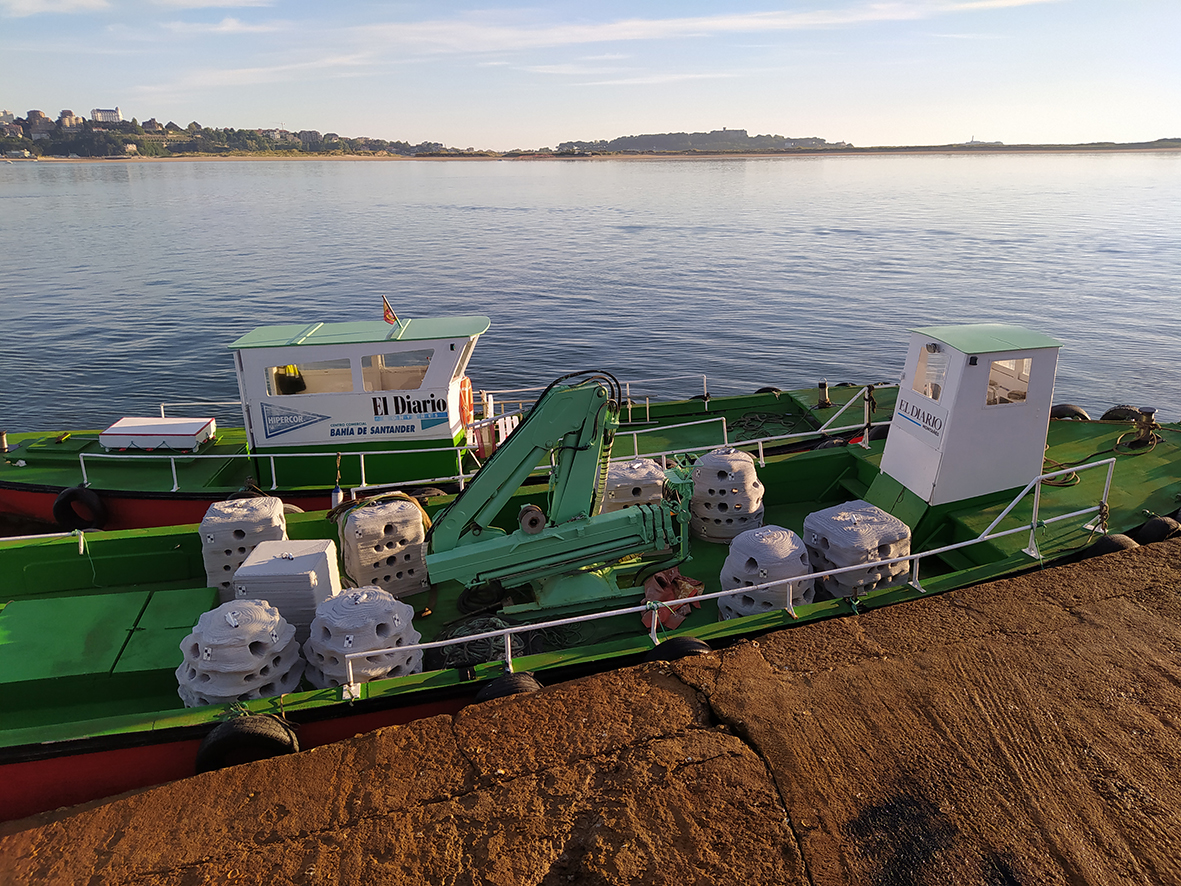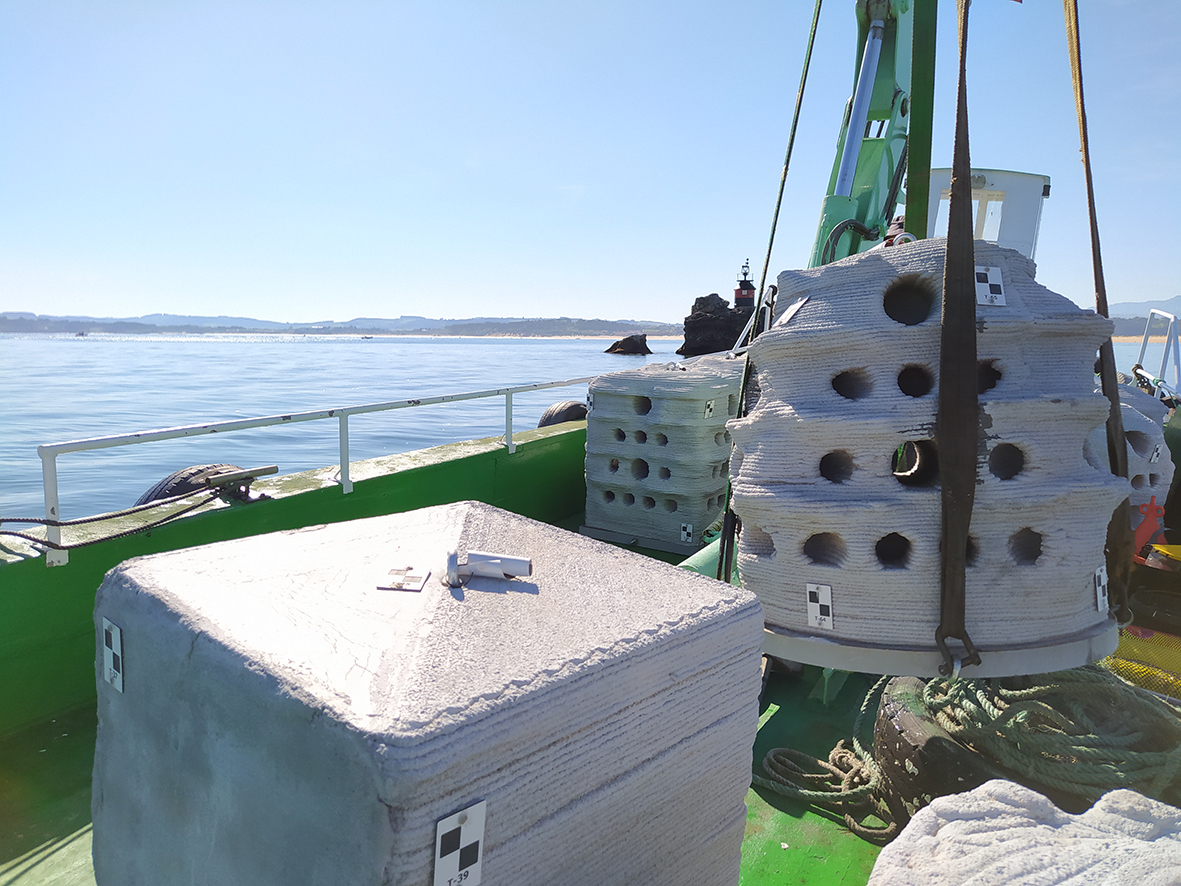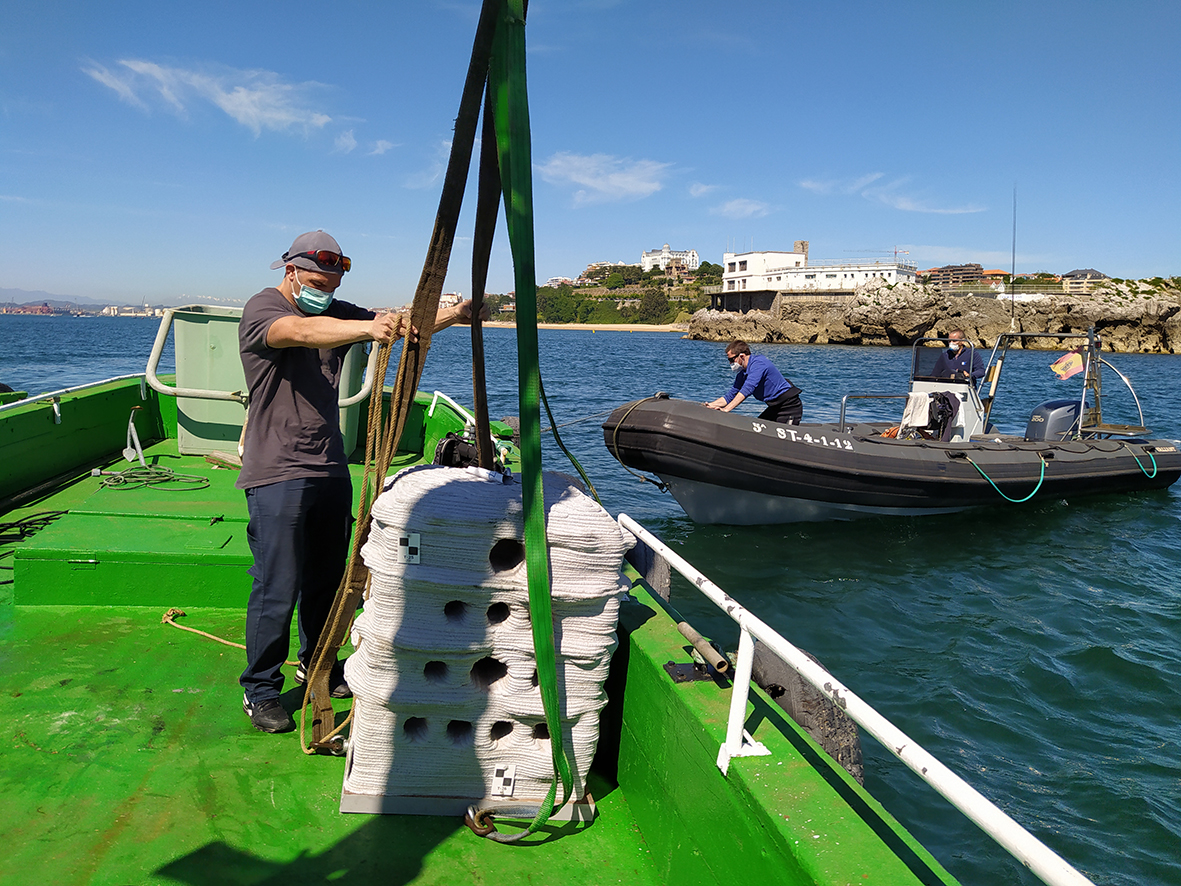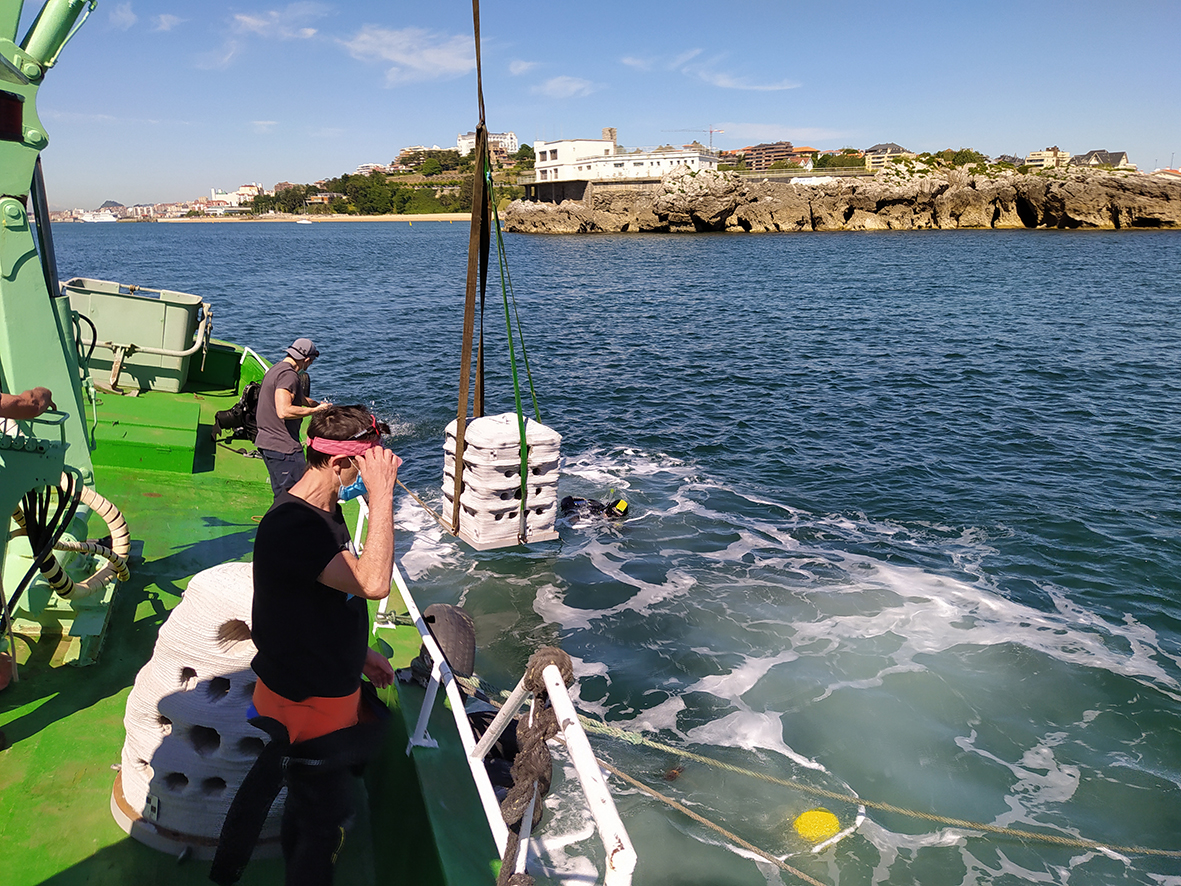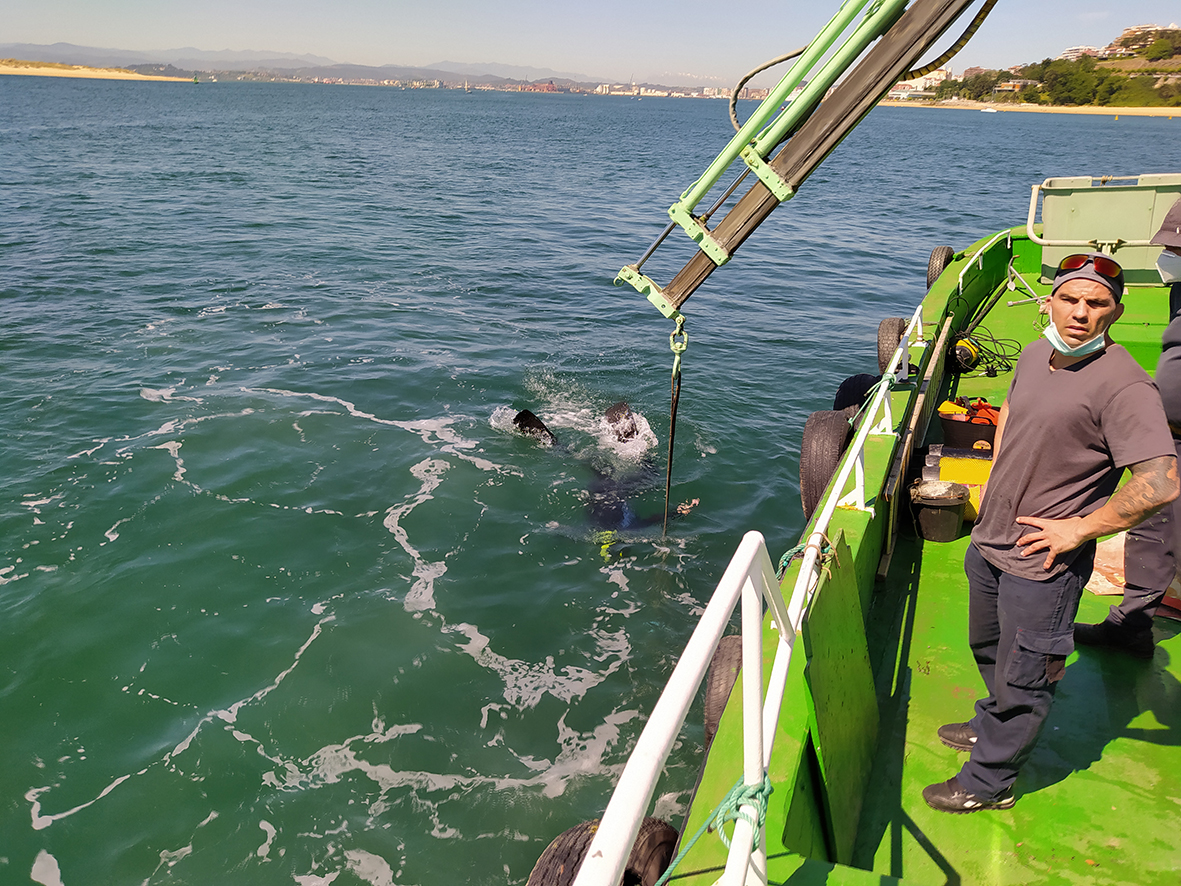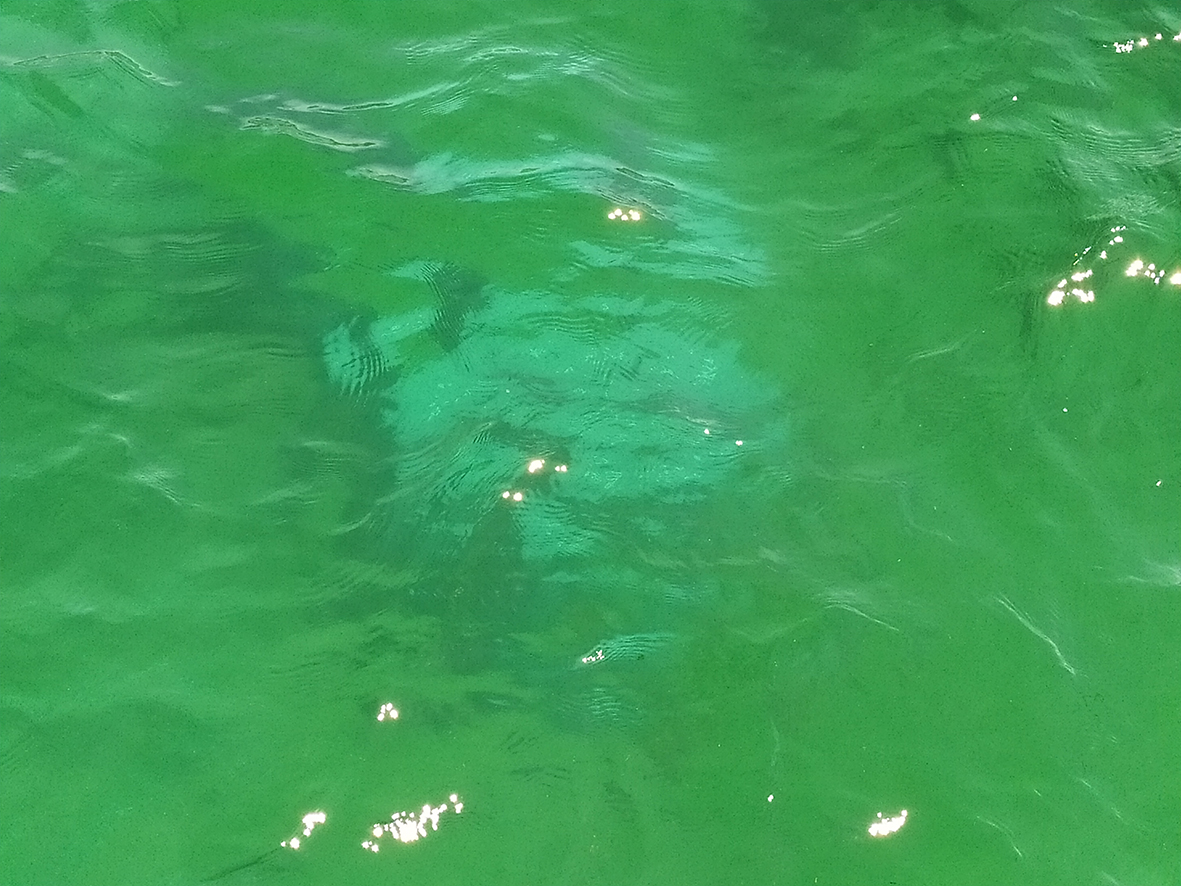20th May 2020
Reef Deployment in Santander Bay
The Research Group GITECO immerses 9 artificial reefs reaching another milestone of the European project 3DPare.
The UC successfully immersed 9 artificial reefs created by 3D printing in the Santander bay (Cantabria, Spain) with the aim to study the most adequate way to regenerate life in the Atlantic coasts.
Yesterday, a team of divers placed 9 reefs under close supervision by Elena Blanco, UC researcher belonging to the applied research group GITECO of the University of Cantabria, led by Professor Daniel Castro, on the seabed in front of the Torre and Horadada islets, next to the Magdalena, from the Pedreña dock. The objective of the 3DPare project is to study how these reefs promote the recovery of the marine biodiversity in degraded marine ecosystems such as port environments.
Initially, the researchers studied the most suitable materials according to their resistance and facility to print, from a total of 150 samples, reaching the 6 best, which were tested in Puerto Chico during an immersion period. Among the materials there is cement, geopolymers or aggregates coming from waste with the aim to develop more sustainable mortars. The criteria to take into account were cost, medium term resistance, environmental impact and adhered biomass.
Once verified the results, 2 were the materials selected to fabricate reefs. A total of 36 reefs were fabricated, each of which needed a day of work of the printer, reaching a weight of 1ton. The placement in Santander and Porto, Caen and Bournemouth was planned for March but took place yesterday, taking advantage of the scarce wind and low tide.
The reefs are identical in the 4 locations: 8 reefs of 2 types of material and 4 different shapes (cubic or random, simulating a natural rock and with big or small external bumps) together with a control piece with two different finishes: smooth or rough. The designs follow biological principles with regards to size of the caves for the entry of determined species of fish, algae adherence, bioreceptivity, etc. The fabrication of the reefs conditioned the work of the 3D printer not only concerning the criteria mentioned above but also it was necessary to adapt the printing technique to corbels, domes and galleries, which was not sufficiently developed then.
After placing the groups of reefs a period of years follows to study and monitor the evolution of the results, taking samples and observing the attraction and growth of flora and fauna in each group to finally be able to conclude the most adequate materials and shapes to regenerate marine life in each of the four locations.
The project 3DPare has a budget of 1.9million € funded by the Interreg Atlantic Area programme, which promotes actions of innovation and competitivity, biodiversity, natural and cultural goods and the cooperation among the 37 regions of the Atlantic arc. The consortium is integrated by the University of Cantabria and the Ecole Supérieure d'Ingénieurs des Travaux de la Construction de Caen, the Instituto Português do Mar, Universidade do Porto and Bournemouth University.
